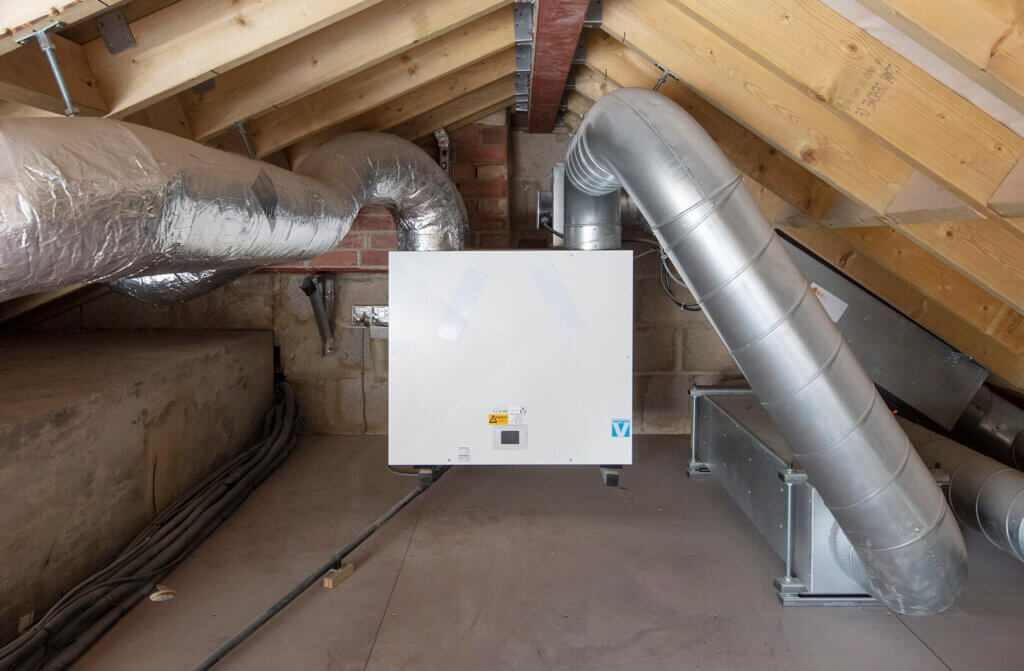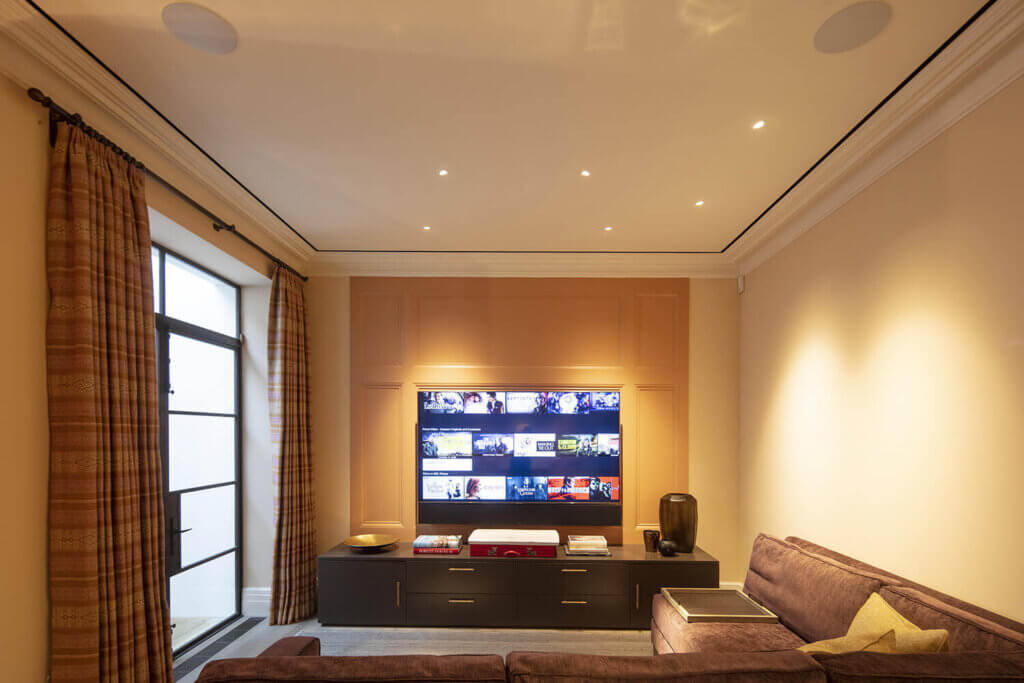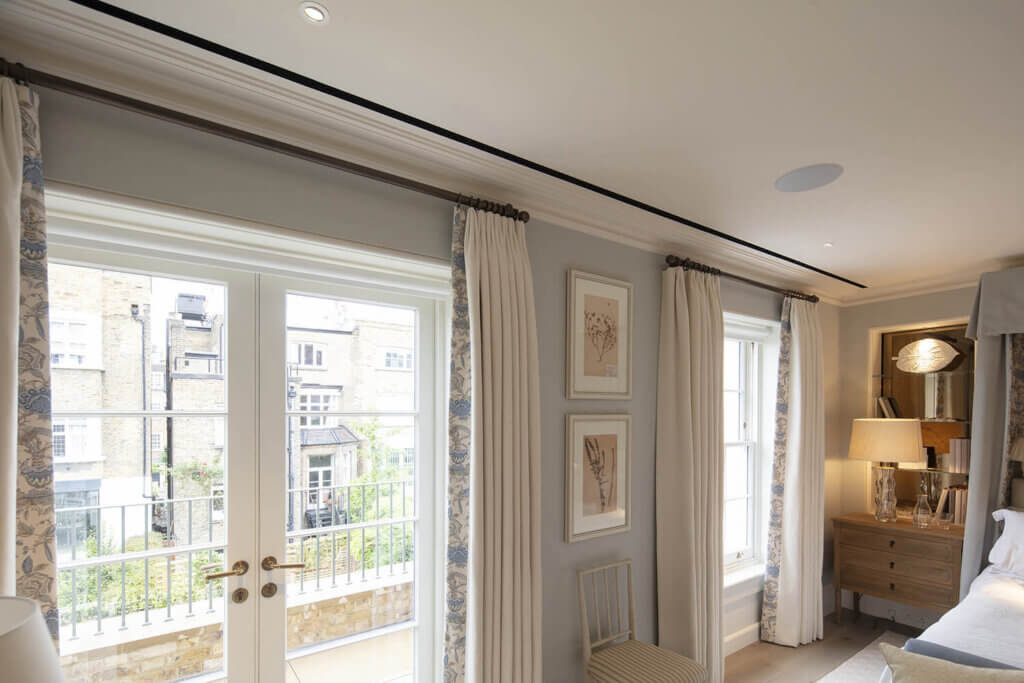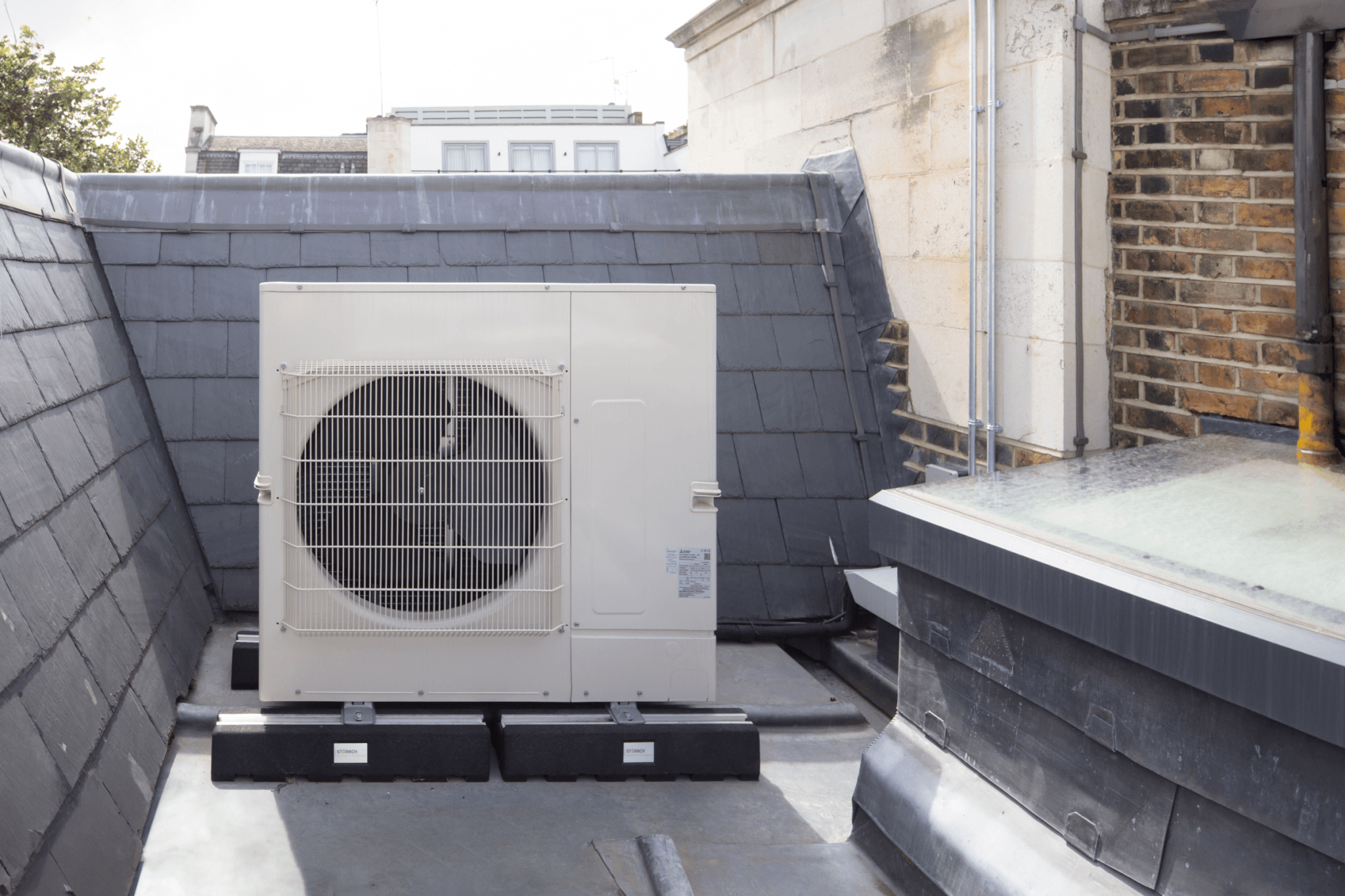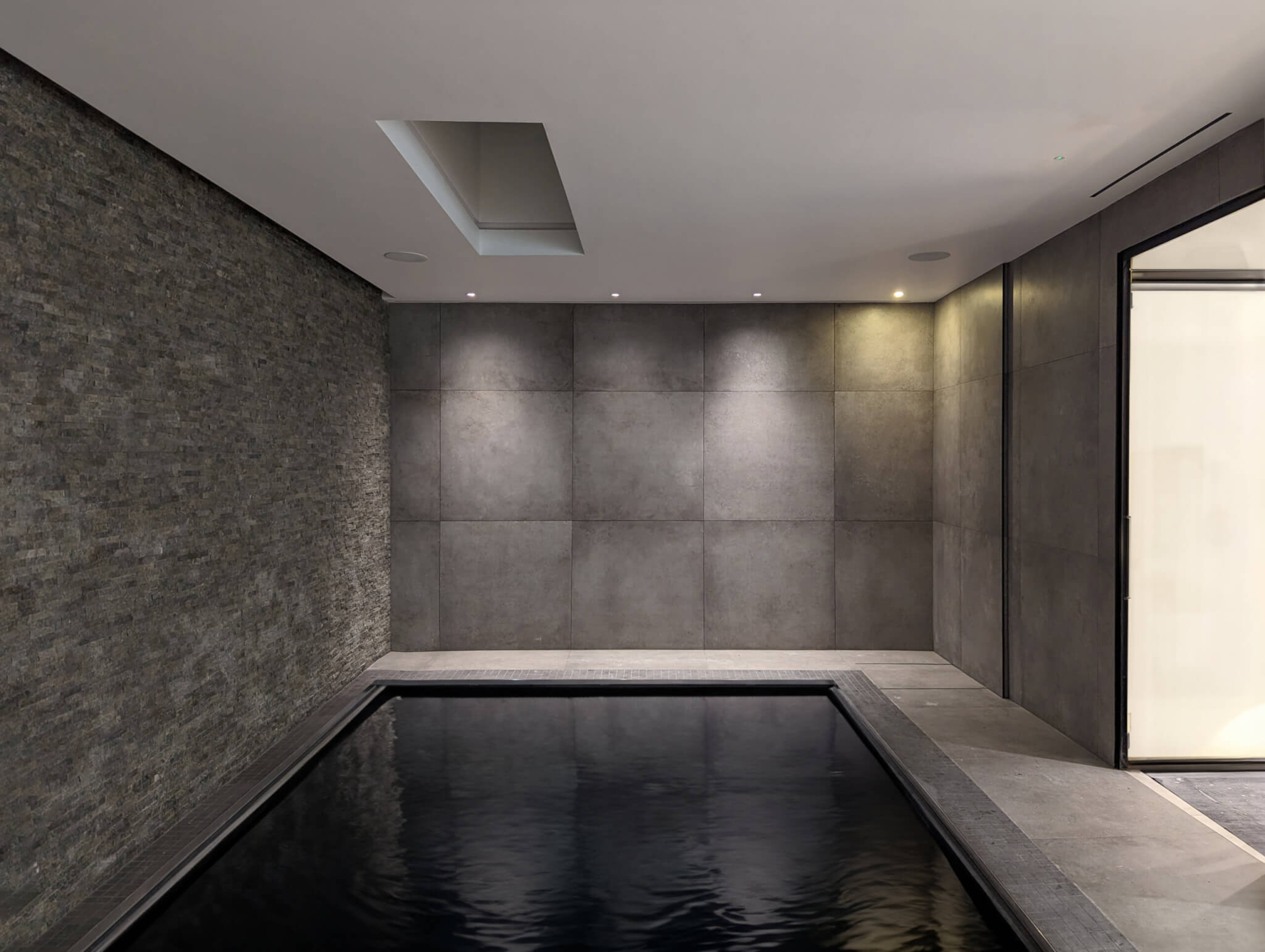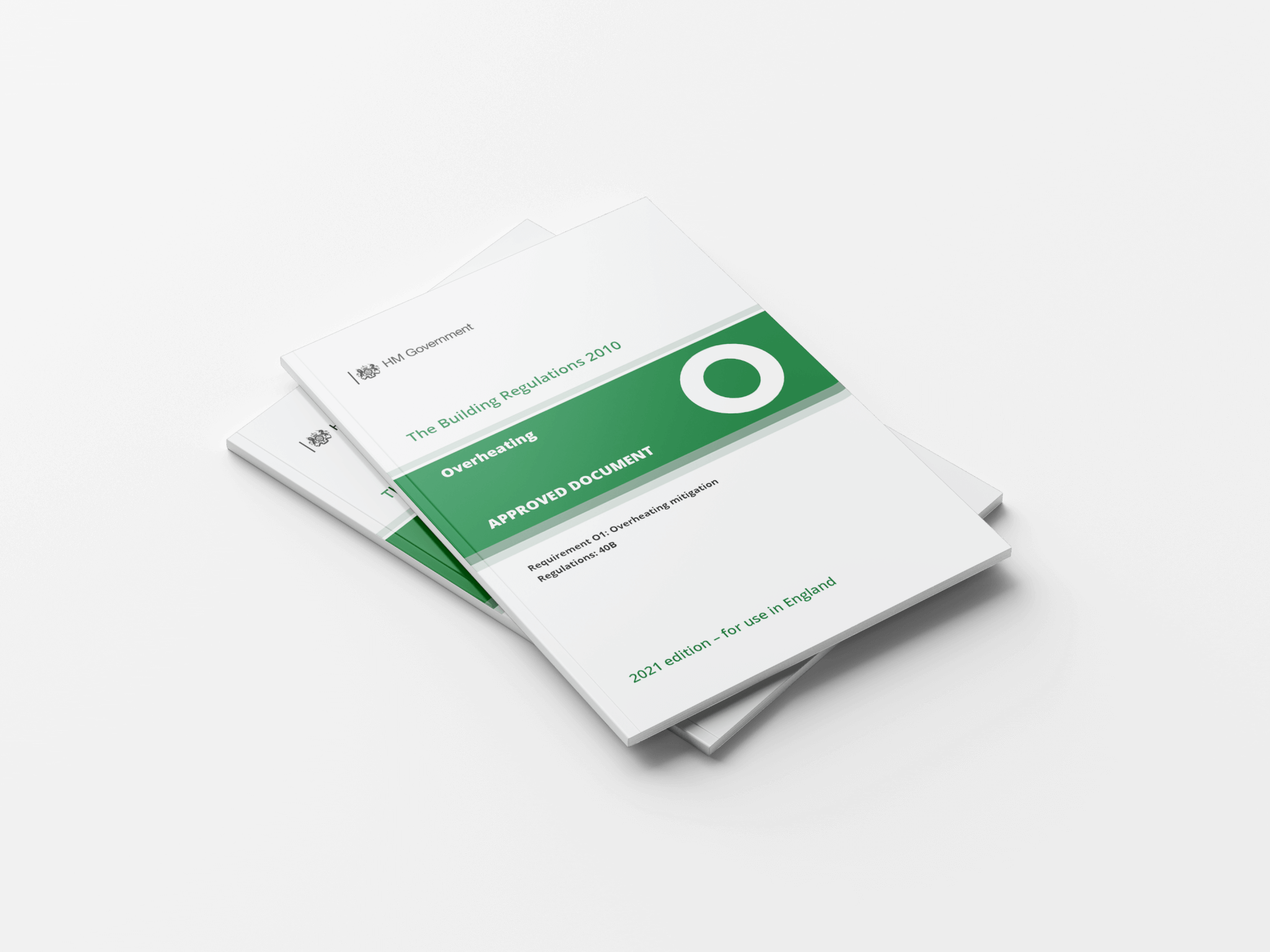
Approved Document O ‘Overheating’ – what is it, and what are the solutions for mitigation?

Rod Mclean
Design ConsultantWhat is the new Approved Document O of Building Regulations, and what does it address?
The new Approved Document O of Building Regulations 2010 (2021 edition) was released for use in June 2022. It seeks to address new legislation around the removal of excess heat from homes, where the legal requirement is that “ (1) Reasonable provision must be made … to (a) limit unwanted solar gains in summer, and (b) provide an adequate means to remove heat from the indoor environment”. The legislation states that this must be done in respect of occupants’ ongoing safety and “reasonable enjoyment” of the property, and that mechanical cooling (air-conditioning) would be accepted where heat cannot be sufficiently extracted by other means. Where Building Regulations 2010 advocated strongly the increase of insulation and [x] to maximise a home’s energy efficiency and minimise its carbon impact, this new document released in June 2022 seeks to bring this increased insulation capacity into context, particularly with the increased link to ventilation. The first and most important point is the Document applies to new residential buildings only. Within that certain criteria are defined certain applicable buildings –
- Residential dwellings – including both houses and flats
- Residential ‘institutional’ – any establishment where people sleep on the premises
- Other residential – Colleges and other student accommodation, or living accommodation for children aged 5 years and older
How do you go about measuring Overheating, and understanding how far it needs to be addressed?
The Document’s guidance seeks to meet the two requirements – to limit unwanted solar gains in warmer weather, and provide adequate means to remove heat from indoors – through adequate designing and building of new residential properties. For this, two methods are advised for compliance with Building Regulations – these are the ‘Simplified method’ and the ‘Dynamic thermal modelling method’. Under Document O guidance buildings are categorised into two risk areas depending on their geographical locations (‘Moderate risk’ includes all of England, ‘High Risk’ is most areas of London, and central Manchester), and stated as either having ‘Cross-ventilation’ or not (defined as a house, residential unit, or shared space or common areas, that directly has openings on opposite external façades of the building).
Measuring – the Simplified method
The Simplified method begins with identifying the ‘risk location’ of the building, and whether it has ‘cross-ventilation’. This then advises glazing requirements – to be limited in relation to the floor area of the dwelling, and then advises on shading of glazing (through external shutters, well-specified glazing, and external overhangs of 50°) in High-risk locations, if the glazing faces a certain aspect. Where cross-ventilation exists in a space it must still meet or exceed the minimum requirements of ‘free area’, the measure of passive ventilation out of a space. Free area is measured in square metres as a percentage of either the floor area or glazing area (whichever is larger). This percentage figure requirement changes between the Moderate and High-risk locations, and there are also additional figures to achieve if the space is a bedroom. The requirement in Part F also applies here, where guidance is set out for purge ventilation to an adequate stated rate to be provided to each habitable room. This rate must be considered also.
Measuring – the Dynamic Thermal Modelling method
Dynamic thermal modelling uses CIBSE’s (Chartered Institution of Building Services Engineers) methodology TM59 for predicting overheating risk, which is suitable for all types of residential buildings. It is a standardised method to provide perhaps a more flexible approach for more extenuated design factors, such as buildings with high insulation value and air tightness, buildings not well-represented by the geographical ‘high-risk’ and ‘moderate-risk’ factors, and buildings highly shaded by neighbouring buildings, structures or landscape. The dynamic modelling method requires the modeller to make early choices in the factors that enter into the design, with the aim of reporting compliance with TM59 to the building control body at the end of the modelling programme. Certain limits are then placed in relation to internal temperature changes, in both daytime and night-time, to ensure the model remains consistent and standardised. Suggested solutions to reduce an overheating risk as identified by TM59 include fixed shading devices added to the building, upgrade specification of glazing, design factors elsewhere in the building design (which a contributory impact – e.g. placement of balconies), and shading provided by neighbouring buildings, structures or landscape.
What methods does Document O advise for mitigating Overheating in a residential dwelling?
With both methods of measurement, guidance to providing a means to remove excess heat is advised in 4 stages. The first is ‘passive ventilation’ – i.e. using ‘free area’ of opening to external (e.g. opening windows) to provide passive ventilation to habitable dwelling spaces, to the requirements set out in the Document. The second solution is ventilation louvres connected directly to outside, where free area from existing building fixtures can’t be achieved – though this is again another passive solution where a minimum limit of square metres’ area for sizing to achieve free area airflow rates into the property. The third step advised is a mechanical ventilation system – an ‘active’ rather than passive solution, that can then be selected and sized to accurately provide required airflow rates to each habitable space in a residential building (as specified by the Document requirements). The fourth measure progresses to mechanical cooling – as the solution to actively cool an interior environment where ventilating the space won’t remove the heat.
Having provided the requirements and a number of solutions, the Document does then provide an overriding set of factors that in practice can work against particularly the passive solutions it sets out (stage 1 and 2 solutions). These are defined under ‘Health and welfare’ of the occupants, meaning that any measures must consider both the safety of residents and allow their ‘reasonable enjoyment’ of the property. The 5 factors defined are:
- Noise at night
- Pollution
- Security
- Protection from falling
- Protection from entrapment
So, what is the best way of simply achieving Approved Document O’s legislative requirements?
The best method to achieving the requirements for removing of excess heat in an inhabited indoor environment and achieving all of the five factors listed to ensure health and welfare of occupants, is to use a mechanical heat recovery ventilation system (MVHR).
MVHR is a highly efficient method of bringing in fresh air, removing stale air from indoors, yet retaining the heat energy from the outgoing air to warm the incoming fresh air (thereby reducing the carbon impact of the equipment lifetime, and materials used in manufacture). Bening fully internal there is no prevents external noise reaching inhabitants at night through open windows or opened passive ventilation louvres, the air is filtered inside the MVHR unit, thereby preventing air pollution directly infiltrating the indoor environment, and being fully enclosed indoors an MVHR system fully negates the potential security risk of open windows (and in some situations external passive ventilation louvres). There is no risk of falling or entrapment as there might be with open windows, as the majority of components of an MVHR system are small/low-profile and contained within the fabric of the building – i.e. outside of the finished space,
A mechanical heat recovery ventilation system typically includes an MVHR unit, connected via steel ductwork (usually spiral ductwork or low-profile rectangular ductwork), to some form of ‘termination’ or grille in each space that the ventilation serves. These systems provide a constant flow rate (a low capacity dependent on requirements outlined in Approved Document F) to each space served, with the option to increase or ‘boost’ supply or extract rate via one of a number of external outputs – for example, either a local lighting circuit being used, an increased humidity (using a ‘humidistat’), via a 3rd party home automation system, or simply a manual override switch.
The final stage of mechanical cooling as a method is, as earlier stated in the Document, only advised against until the previous three methods aren’t effective in removing heat. It is however the most effective method of cooling the interior of the home. Up-to-date air-conditioning systems are being manufactured with the newest refrigerant and software technologies, and when interlocked with a heating system, make for a highly efficient and sustainable solution for cooling property interiors. It is important to note that air-conditioning a space doesn’t introduce fresh air into a space, it just mechanically cools and recirculates the existing air in the space. The best overall method is to combine an MVHR system with mechanical cooling, so that fresh yet filtered air is introduced to a space (covering Approved Document F), and the heat is reduced. As an additional system air purification systems of most forms can be added to both mechanical cooling or ventilation systems, depending on the requirements and the products selected.
